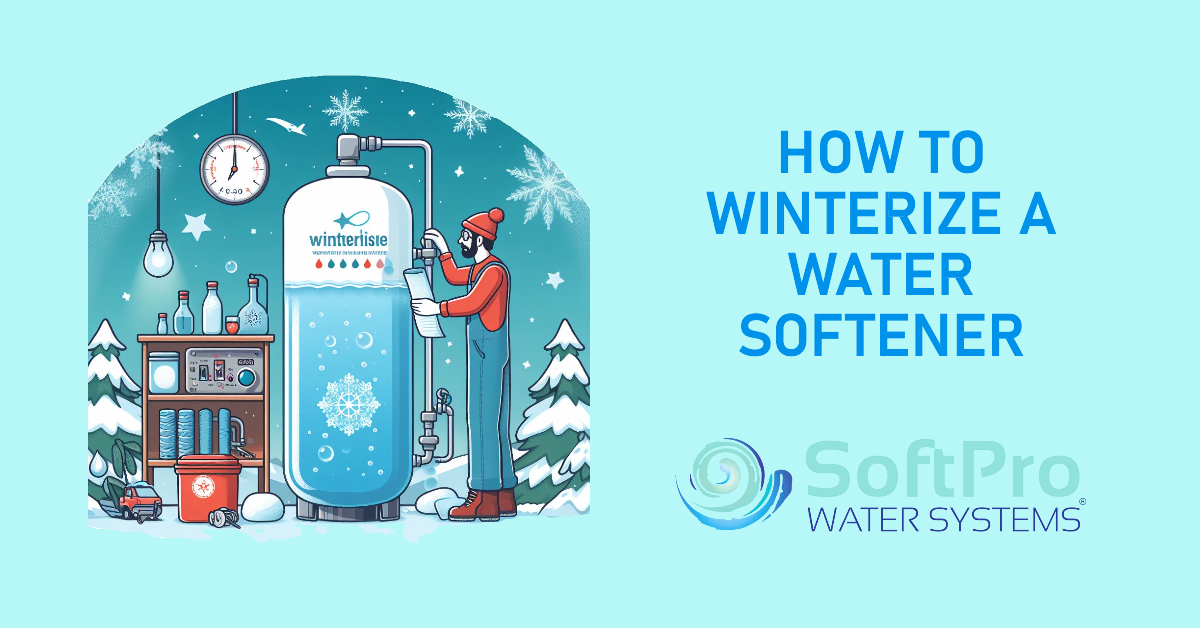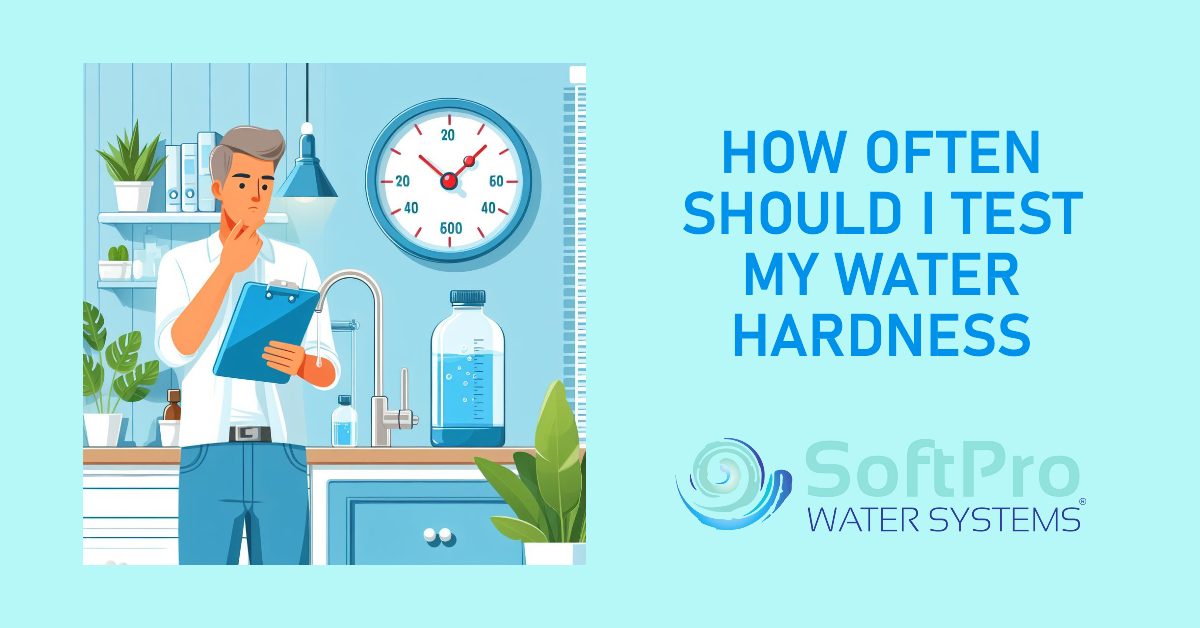Water Softener Maintenance Checklist and DIY Tips
Table of Contents
A water softener removes hardness minerals that cause limescale, spotty dishes, and dry skin. Regular maintenance is vital to ensure your softener works efficiently and extends its lifespan. This DIY checklist breaks down the essential steps, helping you save money and keep your water soft.
Maintaining your water softener involves checking and refilling salt levels, cleaning tanks to prevent buildup, and troubleshooting common issues. By following these steps, you'll prolong your softener's lifespan, avoid costly repairs, and ensure consistently softened water throughout your home.
Your Water Softener Maintenance Essentials
Before tackling any maintenance, you'll need these essential tools and supplies:
Tools
- A bucket (for removing brine tank water)
- A hose (for rinsing the tank)
- Scrub brush or sponge
- Manufacturer's manual (for specific instructions)
Salt
Pellet, evaporated, or block salt are all suitable for most softeners. Choosing the right type often depends on personal preference and your softener's specifications.
Other essestials
- Resin cleaner: Specialized products designed to remove iron buildup from resin beds.
- Bleach: Some manufacturers permit diluted bleach for sanitizing the brine tank (Caution: Always consult your manual before using bleach).
The Step-by-Step Maintenance Checklist
Follow this simple checklist to maintain your water softener effectively. For easy reference, consider downloading a printable version [Option to create a resource later].
1. Check Salt Levels and Refill
-
Frequency: At least once a month.
- How: Look into your brine tank. The salt should be a few inches above the water level. If not, add more salt according to your softener's specifications.
2. Inspect for Salt Bridges
-
What is a salt bridge? A hard crust forming above the water in the brine tank, preventing salt from dissolving properly.
- Why is it a problem? Your softener will stop softening water effectively.
- How to break up a salt bridge: Carefully use a long-handled tool (e.g., a broom handle) to break the crust, allowing contact between the salt and water.
3. Clean the Brine Tank
-
Frequency: Annually, or more often if recommended by the manufacturer.
- How: Follow your manual's instructions to empty the tank. Remove the brine grid (if present) and rinse components thoroughly. Use mild soap and water to clean the tank. Some manufacturers may recommend a diluted bleach solution—always consult your manual first.
4. Clean the Resin Tank (if applicable)
-
When it's necessary: If you have very hard water, notice reduced performance, or if your manual recommends it.
- How: Specialized resin cleaners are available. Follow product instructions and your softener manual for the correct procedure.
Always consult your water softener's manual for specific instructions and safety precautions.
Troubleshooting Common Water Softener Issues
If your water softener seems to be malfunctioning, start with these basic checks:
Not Softening Water
- Check Salt Levels: Ensure the salt level is sufficient in the brine tank.
- Check Regeneration Cycle: Verify that your softener is regenerating according to its settings. Consult your manual if you need to adjust the schedule.
- Bypass Valve: Make sure the bypass valve is in the "service" position, not the "bypass" position.
Wet/Mushy Salt
- Humidity: High humidity can cause salt to clump. Store salt in a sealed container or consider a dehumidifier in the area.
- Low-quality Salt: Some brands are more prone to clumping. Switching to a higher-quality salt may help.
System Leaks
- Check Connections: Inspect all hoses and connections for signs of drips or leaks. Tighten or replace as needed.
- Internal Damage: A damaged tank or valve could cause leaks. Contact a professional for diagnosis and repair, if necessary.
For complex issues, always consult your owner's manual or seek professional assistance.
Enhance Your Softener's Lifespan
Prolong the life of your water softener and avoid costly repairs with these simple tips:
Salt Selection Matters
- Pellet Salt: Widely available and generally the most affordable option.
- Evaporated Salt: Higher purity, less likely to leave residue in your tank.
- Block Salt: Designed to minimize bridging, but may not be suitable for all softeners.
Maintenance Schedule
- Monthly: Check salt levels.
- Yearly: Thorough brine tank cleaning.
- Consult Your Manual: Follow the manufacturer's recommended maintenance intervals for your specific model.
When to call a Pro
- Persistent Performance Issues: If troubleshooting steps don't resolve problems, a professional assessment might be needed.
- Major Leaks or Unusual Noises: These could signal component failure best addressed by a technician.
FAQs
How do I know if my water softener resin needs replacing?
Signs include reduced water softness, frequent regeneration cycles, or a specific recommendation in your owner's manual based on the age of the unit.
Can I replace water softener resin myself?
Yes, it is a moderately complex DIY task. Detailed instructions and safety considerations can usually be found online or in your owner's manual.
What type of resin should I use?
Standard "cation exchange" resin is most common. Mesh size (usually 8% or 10%) impacts water flow rate. Consult your manual or a water treatment specialist for guidance on the best fit.
Is it worth replacing water softener resin, or should I buy a new system?
This depends on the age of your softener and the cost of resin. If your system is nearing the end of its typical lifespan (10-15 years), a new softener might be a more cost-effective solution.
Summary
DIY water softener maintenance empowers you to tackle tasks like salt replenishment and tank cleaning, enhancing your system's longevity. However, more complex issues like resin replacement might signal it's time for professional intervention. According to a 2023 survey by the Water Quality Association, nearly 60% of softener owners rely on plumbers or water treatment specialists for tasks involving internal components.
Key Takeaways
| Concept | Explanation |
|---|---|
| Resin Bed | The core component where hard water minerals are exchanged |
| Regeneration Cycle | Process of flushing the resin bed and restoring its capacity |
| Water Treatment Specialist | Professional with expertise in softener repair/assessment |
Need further guidance on softener maintenance? Contact a local expert for personalized advice.




![SoftPro Chlorine+ Carbon Whole House Water Filter to Remove PFAS, Chlorine, Chloramine & Pesticides [City Water Filters Series]](http://www.softprowatersystems.com/cdn/shop/products/softpro-whole-house-chlorine-filter-282008.jpg?v=1758858973&width=140)
![SoftPro Iron Filter - Iron Master AIO - Best Iron Filter for Well Water [Air Injected Water Filter / Katalox]](http://www.softprowatersystems.com/cdn/shop/products/softpro-iron-master-aio-water-filtration-system-remove-iron-sulfur-manganese-using-air-injection-for-optimal-performance-412868.jpg?v=1758859831&width=140)













